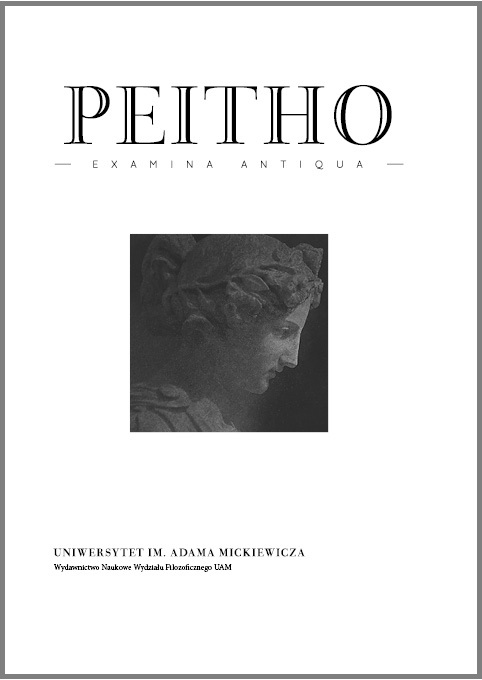Aristotle’s Mixture in its Medical and Philosophical Background: The Hippocratic De victu and the Aristotelian De generatione et corruptione
Aristotle’s Mixture in its Medical and Philosophical Background: The Hippocratic De victu and the Aristotelian De generatione et corruptione
Author(s): Claudia MirrioneSubject(s): Philosophy of Science
Published by: Uniwersytet Adama Mickiewicza
Keywords: Aristotle; mixture; elemental theory; Hippocratic Corpus; De victu; De generatione et corruptione;
Summary/Abstract: Aristotle’s notion of qualitative interaction ruling both the process of mixture and the process of reciprocal elemental transmutation is based upon the idea of a physical contrariety endowed with two extremes and a wide central area where the opposite forces reach different equilibrium points (i.e., the so-called mixtures) or can be present to the fullest degree (in this case we do not have a mixture, but an element). Differently from previous scholarship which attributes this notion specifically to Aristotle, we have found, in a text which Aristotle seems to have been acquainted with, the Hippocratic De victu, an incipient structure of a contrariety endowed with extremes and a central area where opposite forces meet and yield respective equilibrium points, mixtures, which, as in Aristotle, give an account of the variety of beings existing in the world. In this article, we suggest the possibility that in the development of the Aristotelian thinking about elemental and qualitative dynamics, the Hippocratic De victu may have contributed to suggesting to Aristotle a way of envisioning the structure of his basic physical contrarieties.
Journal: Peitho. Examina Antiqua
- Issue Year: 12/2021
- Issue No: 1
- Page Range: 151-170
- Page Count: 20
- Language: English

